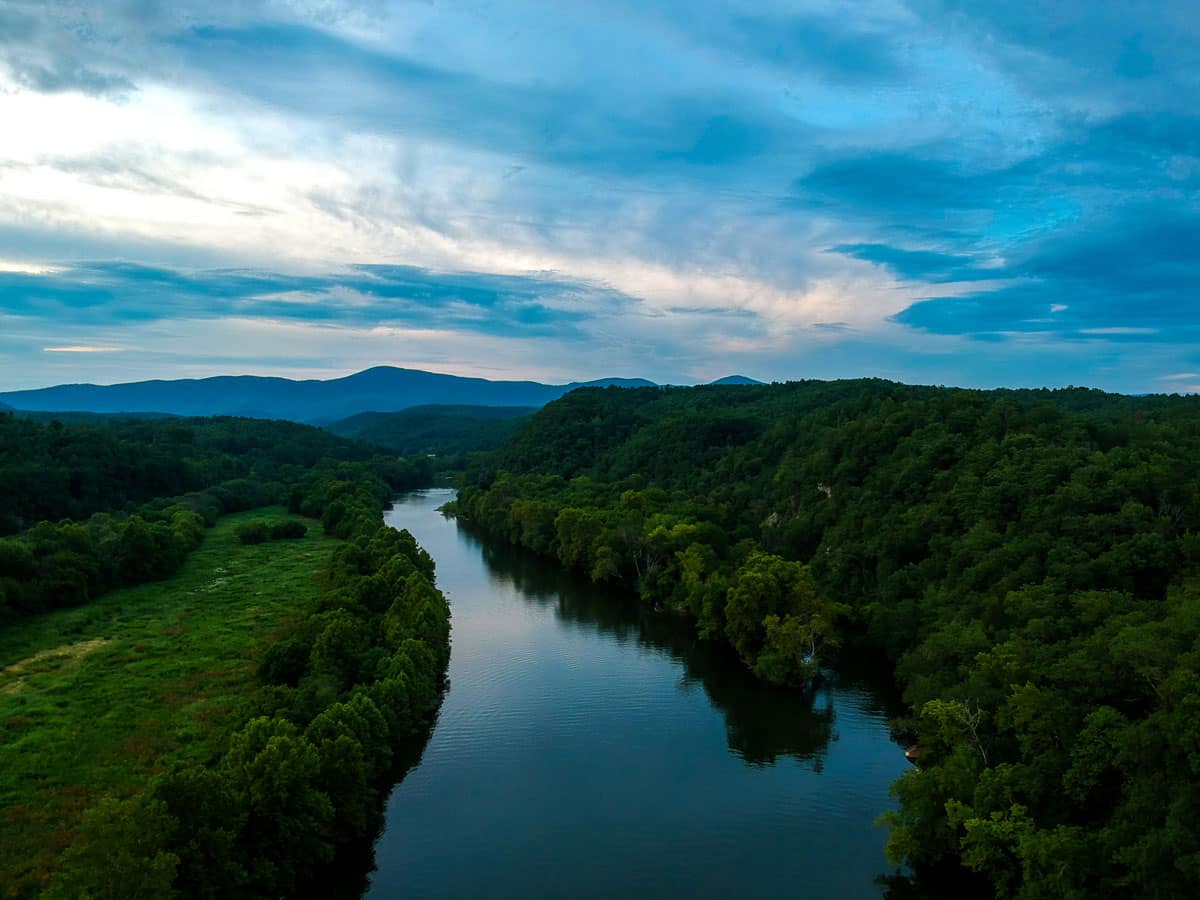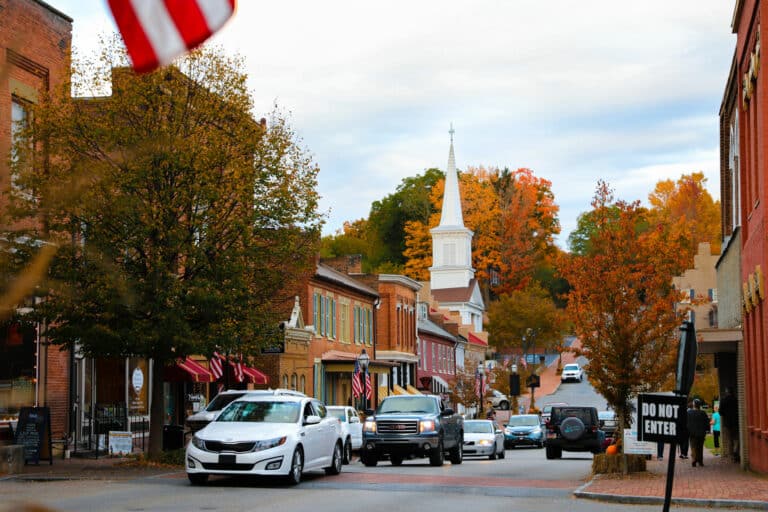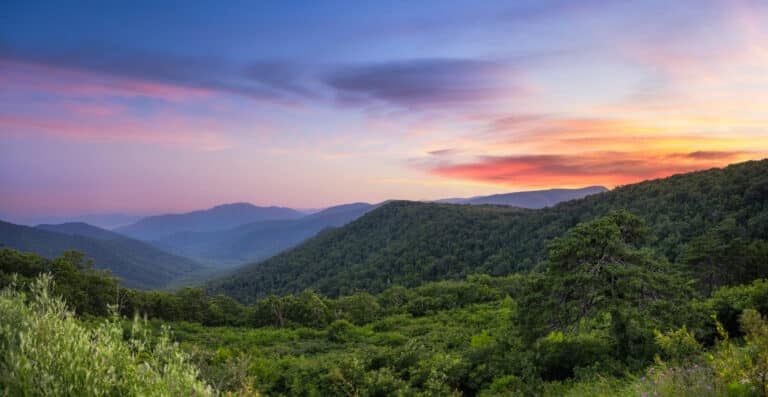The Monacan Indian Nation celebrated a big victory last month when it was announced the tribe’s historic capital and burial site, Rassawek, was no longer at risk of becoming the site of a municipal water pump. After a four-year dispute between the tribe and the James River Water Authority (JRWA), both parties agreed on an alternate site for the water facility project.
“This fight has been long and hard, but we are filled with joy to see Rassawek preserved and our ancestors respected,” tribal Chief Kenneth Branham said via virtual news conference. “We have always said, if we can’t save Rassawek, there’s nowhere in Virginia that’s safe. And indeed, this is a victory not just for the Monacans, but for all Virginians.”
The site is located along the James River, where it meets the Rivanna River in Fluvanna County. The water pipeline and pump, intended to transport water to Louisa County, would have destroyed a major portion of the site. The project was announced in 2017 without consulting the Monacans, according to the tribe’s attorneys at Cultural Heritage Partners.
“Our capital city was a contemporary of Jamestown, but much larger and more complex, and it lasted as a community far longer,” Branham said in a press release. “It is for us a sacred place of great cultural significance, and it is for all Americans a place of historical importance.”
In June of 2020, public opposition to the plan became clear when over 12,000 organizations and individuals spoke out against the project during a public comment period. In September of the same year, the National Historic Trust declared the ancestral Monacan capital as one of the “11 Most Endangered Historic Places.” The nomination sparked national awareness and support for the Monacan people.
“The history of more than 5,000 years of Monacan people is written in the soil and landscape of Rassawek, providing a tangible connection to ancestors, many of whom did not survive the arrival of the English and are buried there,” said Katherine Malone-France, Chief Preservation Officer of the National Trust for Historic Preservation in response to the nomination.
The project is being relocated a few miles upstream to a location found with the help of the tribe, according to Branham. The new location will cost the JRWA more than they initially anticipated.
“Tribes have unique knowledge of and connection to historic and sacred sites like Rassawek, and tribal input must be heard on projects that affect their ancestral land,” National Congress of American Indians (NCAI) President Fawn Sharp wrote in a statement. “NCAI is proud to stand with the Monacan people and believes their path to this outcome will become a new model for foiling threats to Native history across the country.”
Cover Photo: Aerial view from the James River Visitors Center along the Blue Ridge Parkway in Big Island, VA. Courtesy of Getty Images.








